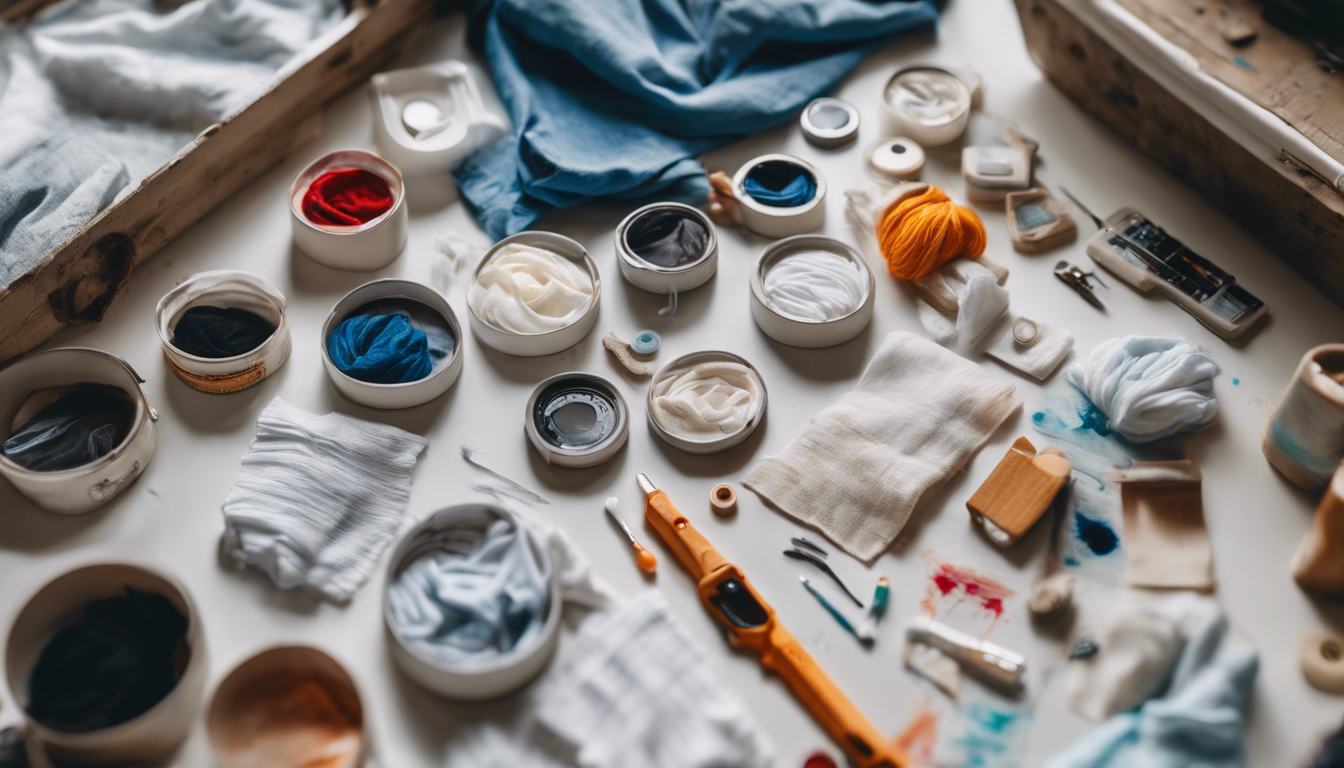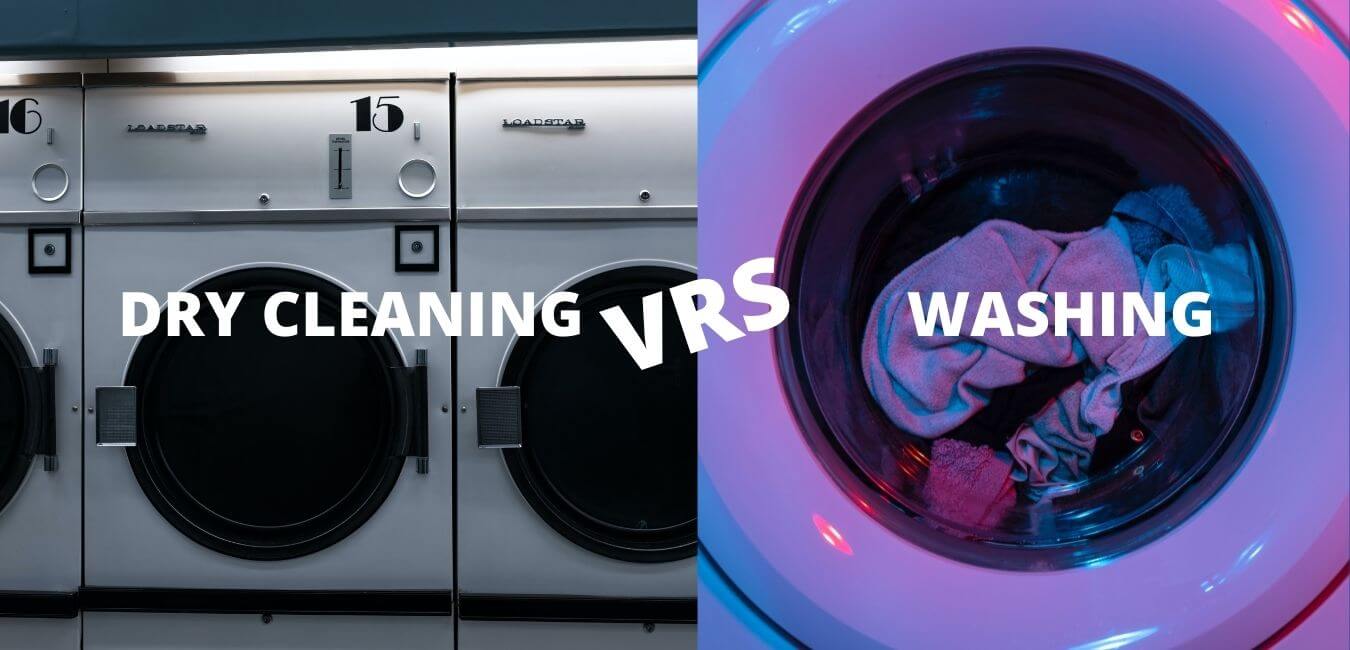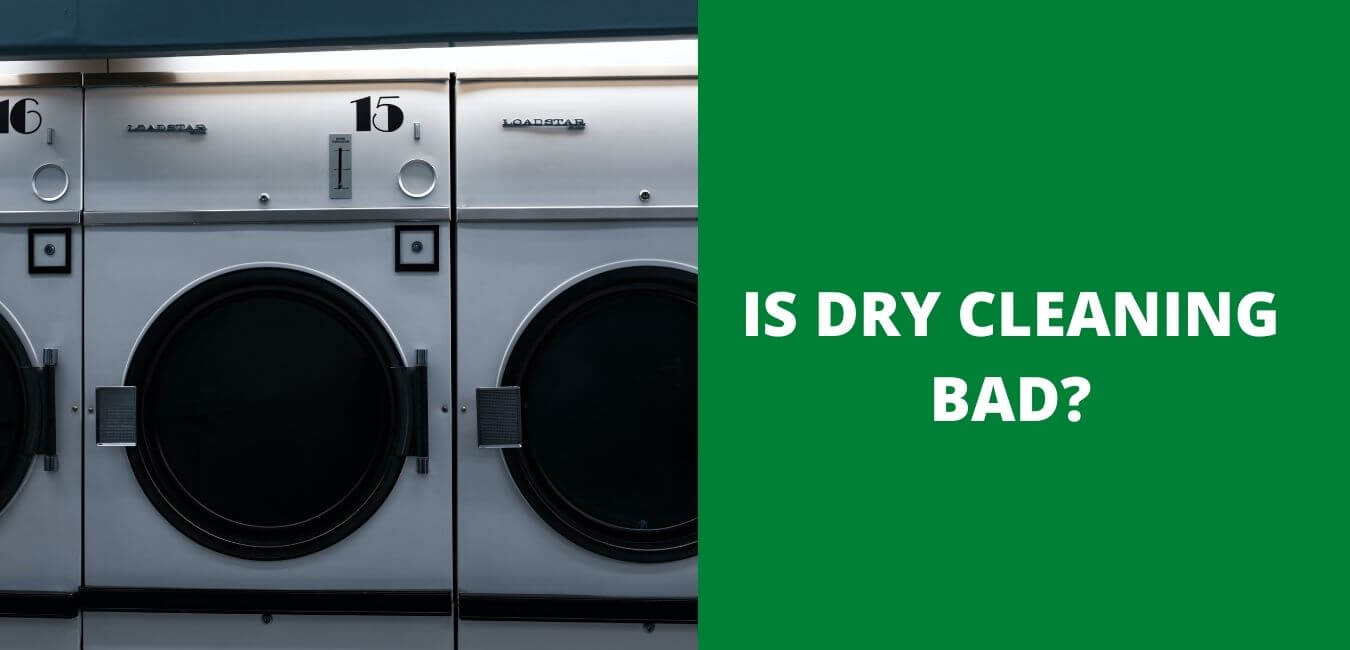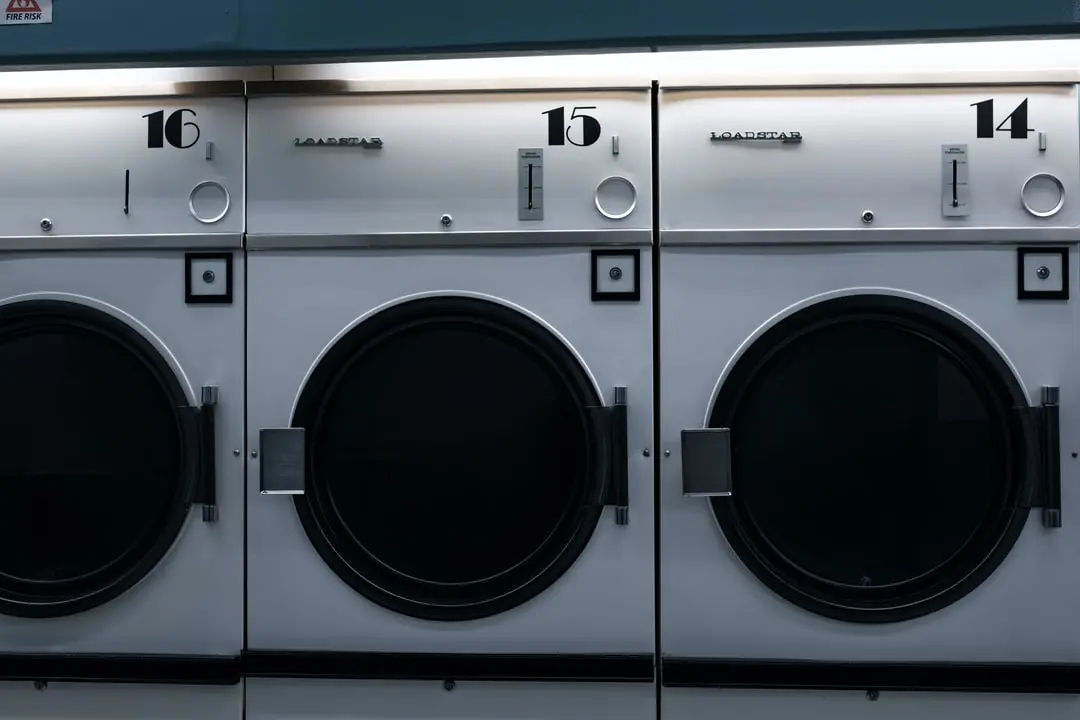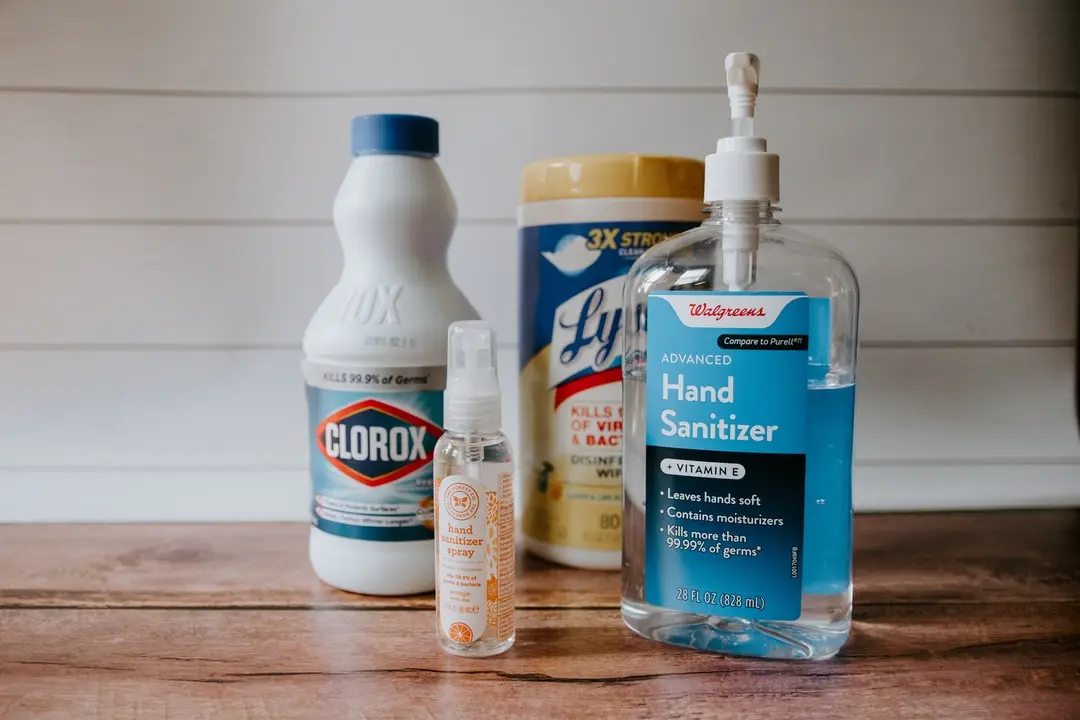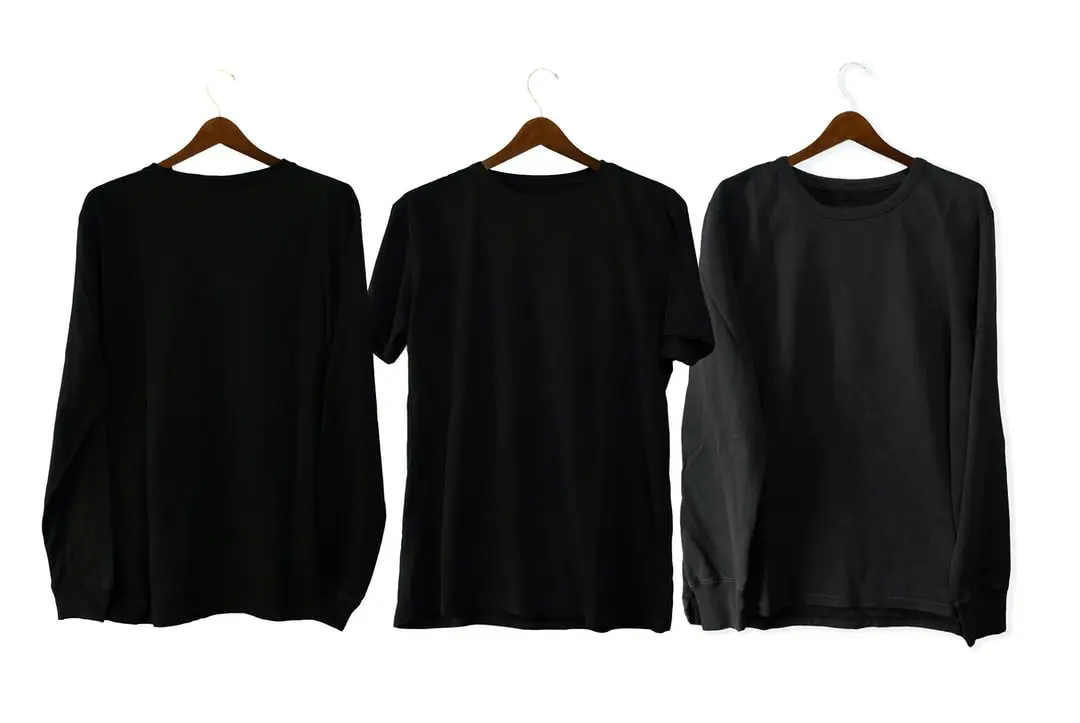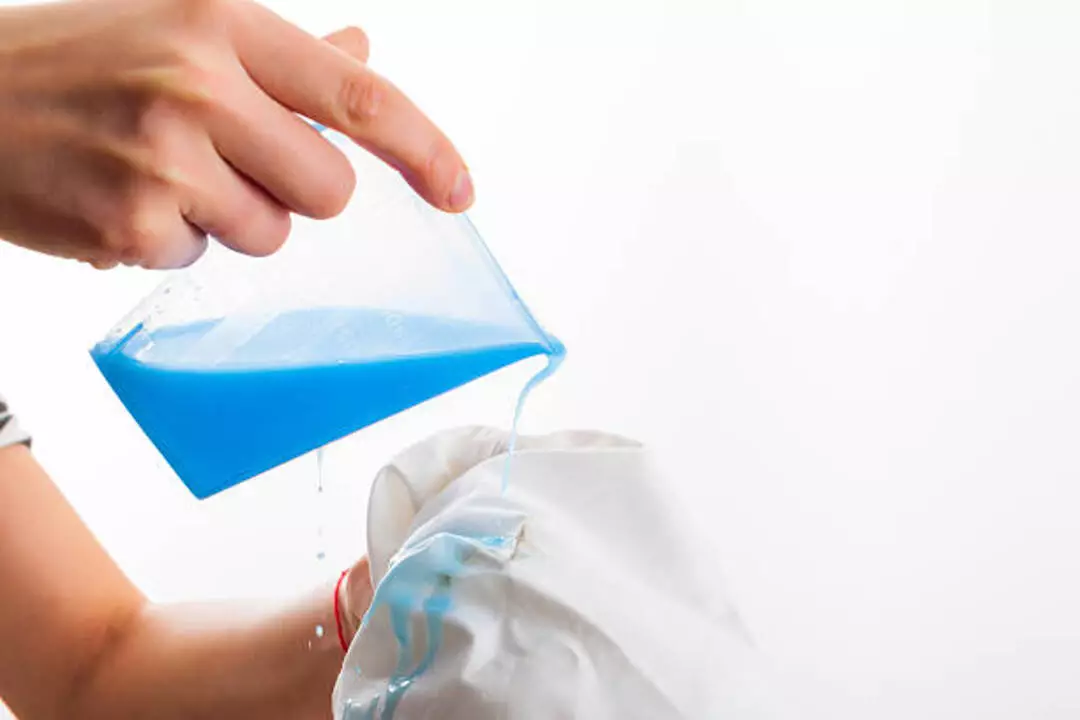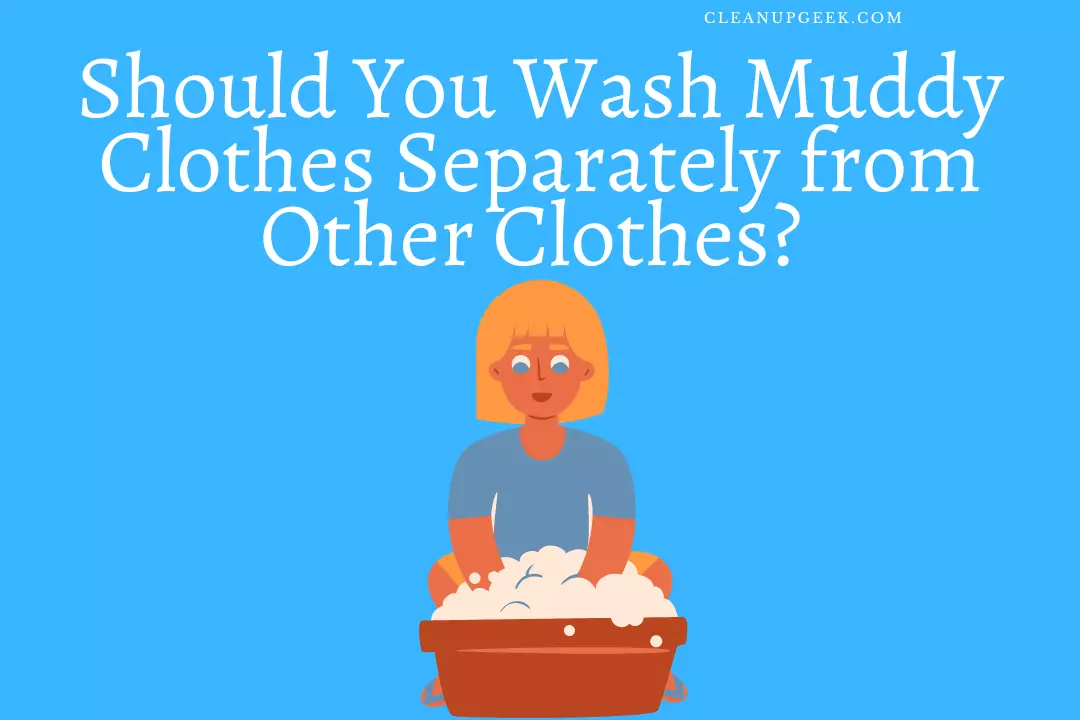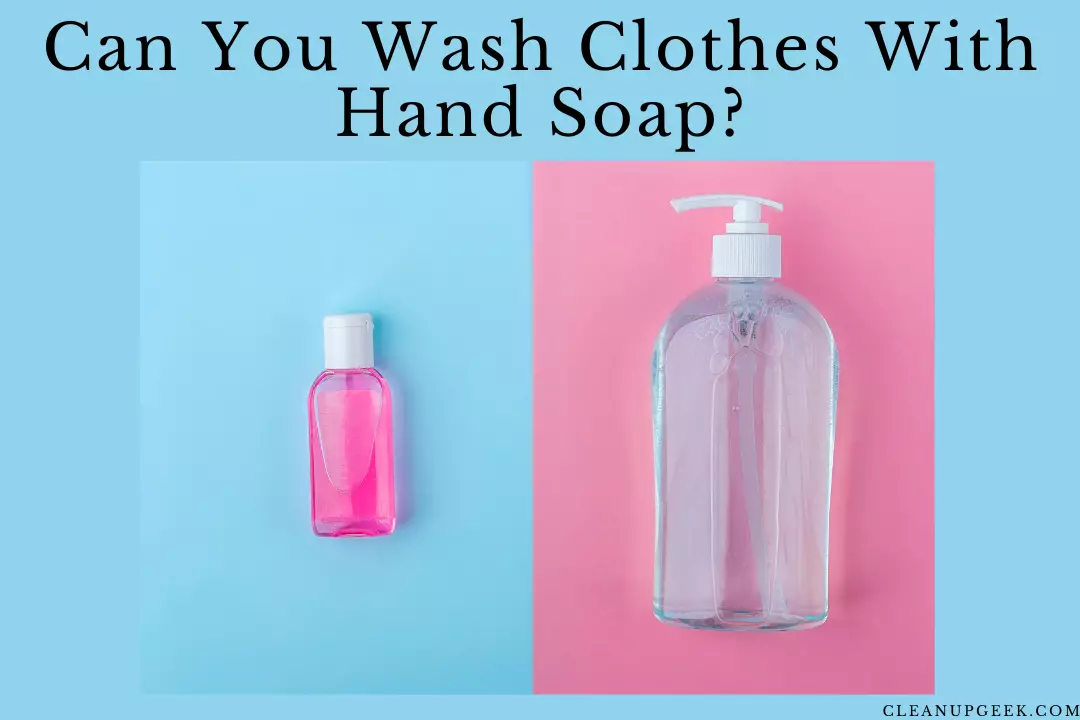Stains can be the bane of any clothes lover’s existence, especially when it comes to stubborn bleach stains. Did you know that certain household items such as vinegar can help remove these unsightly marks? In this handy guide, we’ll explore seven simple methods for removing bleach stains from your beloved garments.
Ready to restore your wardrobe’s vitality? Let’s dive in!
Key Takeaways
- There are several simple methods for removing bleach stains from clothes, including using rubbing alcohol, diluted sodium thiosulfate, liquid dishwasher detergent, white vinegar, fabric dye, and a fabric marker.
- Factors to consider when removing bleach stains include the type of fabric affected, the severity of the stain, and the age of the stain.
- To prevent bleach stains on clothes, avoid direct contact with bleach by wearing gloves and protective clothing. Properly dilute bleach before use and consider using color-safe bleach alternatives. Separate clothes that are safe to be bleached from those that are not.
- Fixing bleach stained clothes can be achieved by following these methods and taking preventive measures to avoid future stains.
Understanding Bleach Stains and Factors to Consider
When it comes to fixing bleach stains on clothes, understanding the types of fabric affected, severity of the stain, and age of the stain are important factors to consider.
Types of fabric affected
Bleach stains hurt many fabrics. Silk, wool, and leather are the most at risk. But bleach also harms other materials. Cotton and linen can lose color if bleach touches them. Polyester clothes may turn yellow or white from bleach too.
Some clothes have a tag that says “no bleach”. Always check this tag before you clean your clothes with bleach!
Severity of the stain
When it comes to bleach stains on clothes, the severity of the stain can vary. Some stains may be light and barely noticeable, while others may be more pronounced and difficult to remove.
The severity of the stain depends on factors such as the amount of bleach that came into contact with the fabric and how long it was left on before being treated. Older stains tend to be more set in and harder to remove compared to fresh ones.
It’s important to consider the severity of the stain when choosing a method for removal, as some techniques may work better for lighter stains while others are more effective for deeply embedded ones.
Age of the stain
The age of the stain is an important factor to consider when trying to fix bleach stained clothes. The longer the stain has been on the fabric, the more difficult it may be to remove.
It’s best to tackle bleach stains as soon as possible for better results. Older stains tend to set into the fabric and become harder to eliminate completely. So, if you notice a bleach stain on your clothes, act quickly and follow one of the methods mentioned in this article to increase your chances of success in removing the stain.
Methods for Removing Bleach Stains
There are several effective methods for removing bleach stains from clothes, including using rubbing alcohol, diluted sodium thiosulfate, liquid dishwasher detergent, white vinegar, fabric dye, and a fabric marker.
Using rubbing alcohol
One method for removing bleach stains from clothes is to use rubbing alcohol. Simply dampen a cotton wool ball with rubbing alcohol and gently dab it on the stain. Blot the stain until the bleach color starts to fade.
Rinse the fabric thoroughly with cold water afterward to remove any residue. Rubbing alcohol can be effective in breaking down the bleach molecules and reducing the appearance of stains on fabrics.
It’s important to remember to spot test first, as rubbing alcohol may not be suitable for all types of fabric.
Treating with diluted sodium thiosulfate
To treat bleach stains on clothes, you can try using diluted sodium thiosulfate. Sodium thiosulfate is a chemical compound that can help neutralize the bleach and remove the stain.
To use this method, mix equal parts of sodium thiosulfate and water to create a solution. Then, apply the solution directly to the bleach stain and let it soak for about 10-15 minutes.
Afterward, rinse the garment thoroughly with cold water. This method may help lighten or even completely remove the bleach stain from your clothes. Remember to always test this solution on a small inconspicuous area of the fabric before applying it to the entire stained area.
Diluting liquid dishwasher detergent
One simple method for removing bleach stains from clothes is by using diluted liquid dishwasher detergent. To do this, mix a small amount of liquid dishwasher detergent with water to create a solution.
Then, apply the solution directly to the bleach stain and gently rub it in using a cloth or sponge. Allow the solution to sit on the stain for a few minutes before rinsing it off with cold water.
This method can help break down and remove the bleach stain from the fabric.
Using diluted white vinegar
One effective method for removing bleach stains from clothes is to use diluted white vinegar. Vinegar is a natural stain remover that can help break down and lift the bleach from the fabric.
To use this method, mix equal parts white vinegar and water in a bowl or spray bottle. Then, apply the mixture directly to the bleach stain, making sure to saturate the area completely.
Let it sit for about 15 minutes before rinsing with cold water. After rinsing, wash the garment as you normally would. Vinegar can be especially useful for removing bleach stains on white or light-colored clothing.
Using fabric dye
To fix bleach stains on clothes, using fabric dye is a great option. Fabric dye can help to restore the color of the stained area and make it less noticeable. To use fabric dye, first, choose a dye that matches the color of your clothing.
Then, follow the instructions on the dye package to mix it with water or another liquid as directed. Apply the dye to the bleach stain using a sponge or brush, making sure to cover it completely.
Allow the garment to dry according to the instructions before washing it again. This method can effectively hide bleach stains and make your clothes look good as new!
Using a fabric marker
To fix bleach stains on clothes, another method you can try is using a fabric marker. Fabric markers are specially designed to color fabrics and can be used to cover up the bleach stain by matching the color of the original fabric.
Simply choose a fabric marker that closely matches the color of your stained garment, then carefully apply it over the bleach stain. Make sure to follow the instructions provided with the fabric marker for best results.
This method is particularly effective for small bleach stains or when other methods have not been successful in removing or hiding the stain.
Using a fabric marker is an easy and convenient way to fix bleach stains on clothes. It allows you to cover up unsightly spots and restore the appearance of your garments without much effort.
Additional Tips for Fixing Bleach Stains
Neutralizing bleach with baking soda, using dish soap for white clothes, and using rubbing alcohol for dark clothes are just a few other effective tips you can try to fix those pesky bleach stains.
Keep reading to learn more!
Neutralizing bleach with baking soda
To neutralize bleach stains on clothes, you can use baking soda. Mix baking soda with some water to create a paste. Then, apply the paste to the bleach stain and let it sit for about 15 minutes.
After that, rinse the fabric thoroughly with cold water. Baking soda helps in removing excess bleach and restoring the color of the garment. This method is particularly useful for light-colored fabrics or white clothes.
Remember to always test this method on a small hidden area of the fabric first before applying it to the entire stain area.
Using dish soap for white clothes
To remove bleach stains from white clothes, you can try using dish soap. Dish soap is a natural and gentle approach to removing stains. First, wet the stained area with cold water.
Then, apply a small amount of dish soap directly onto the stain. Gently rub the fabric together to create some lather. Let it sit for about 15 minutes before rinsing it off with cold water.
Finally, wash the garment as usual. Dish soap can help break down and lift the bleach stain from the fabric, restoring its whiteness.
Using rubbing alcohol for dark clothes
To remove bleach stains from dark clothes, one effective method is to use rubbing alcohol. Start by dampening a cotton wool ball with the rubbing alcohol. Gently blot the stained area, making sure not to rub it vigorously.
The alcohol helps to break down and lift the bleach stain from the fabric. After blotting, rinse the garment thoroughly with cold water and wash it as usual. This technique should help minimize or even remove the bleach stain completely from your dark clothes.
Remember to always test a small, inconspicuous area of the fabric first before applying rubbing alcohol to ensure that it doesn’t cause any damage or discoloration.
Preventing Bleach Stains
To prevent bleach stains, avoid direct contact with bleach by wearing gloves and protective clothing when handling it. Always properly dilute bleach before using it on fabrics and consider using color-safe bleach alternatives.
Separate clothes that are safe to be bleached from those that are not, and wash them separately to minimize the risk of accidental exposure to bleach.
Avoiding contact with bleach
To prevent bleach stains on your clothes, it’s best to avoid contact with bleach altogether. Be careful when using products that contain chlorine bleach, such as household cleaners and disinfectants.
Make sure to read the labels and wear gloves if necessary. If you’re doing laundry, separate your clothes into two groups: those that are safe for bleach and those that aren’t. This will help ensure that no accidental spills or splatters occur.
Additionally, consider using color-safe bleach alternatives or opting for natural stain removers instead of harsh chemicals. By taking these precautions, you can protect your clothes from unsightly bleach stains and keep them looking their best.
Properly diluting bleach
To properly dilute bleach, it’s important to follow the instructions on the bleach bottle. Typically, you’ll need to mix one part bleach with three parts water. This ensures that the concentration of bleach is not too strong and reduces the risk of damaging your clothes.
Diluting bleach properly also helps to minimize any potential skin irritation or respiratory issues that can occur when using undiluted bleach. So always take the time to measure and mix your bleach solution correctly before using it for stain removal or laundry purposes.
Using color-safe bleach alternatives
If you’re looking for alternatives to traditional bleach, there are color-safe options available. These alternatives can help remove stains without causing damage to your colored or patterned clothes.
One option is oxygen bleach, which uses hydrogen peroxide to break down stains. This type of bleach is safe for most fabrics and colors, but it’s always a good idea to check the care label first.
Another alternative is hydrogen peroxide itself, which can be used as a stain remover by mixing it with water. It’s important to follow the instructions on the bottle and test it on a small, inconspicuous area of fabric before applying it to the entire stain.
Separating bleach-safe and non-bleach-safe clothing
To prevent bleach stains on your clothes, one important step is to separate bleach-safe and non-bleach-safe clothing. This means sorting your laundry based on the fabric type and color.
Light-colored and white garments can usually withstand bleach, while colored and dark fabrics may be more prone to discoloration. It’s best to wash these items separately to avoid any accidental contact with bleach.
By taking this precaution, you can help preserve the quality of your clothes and prevent unwanted stains from occurring in the first place.
Conclusion
Fixing bleach stained clothes may seem daunting, but with these 7 simple methods for removing stains, it can be a breeze. Consider factors like fabric type, stain severity, and age when tackling the problem.
And don’t forget to take preventive measures to avoid bleach stains in the future. With these tips and techniques, you’ll be able to restore your clothes and keep them looking their best!
FAQs
1. What are some ways to fix bleach stained clothes?
There are seven simple methods for removing stains from clothes, including brushing, pretreat and natural approach.
2. How can I prevent getting bleach stains on my garments?
You can avoid bleach stains on fabrics by following stain prevention strategies and clothing maintenance tips.
3. Can DIY methods effectively remove stubborn bleach stains?
Yes, using DIY stain removal techniques like quick stain fixes and fabric care practices can help in removing stubborn stains from your garments.
4. How to restore the color of my clothes after a bleach stain?
Color restoration involves various effective cleaning techniques that will help you bring back the original color of your bleached garment.
5. Is there any way to protect my clothes from future bleach damage?
Yes, preventing bleach stains involves careful laundry steps and using natural approaches along with correct fabric care habits.
